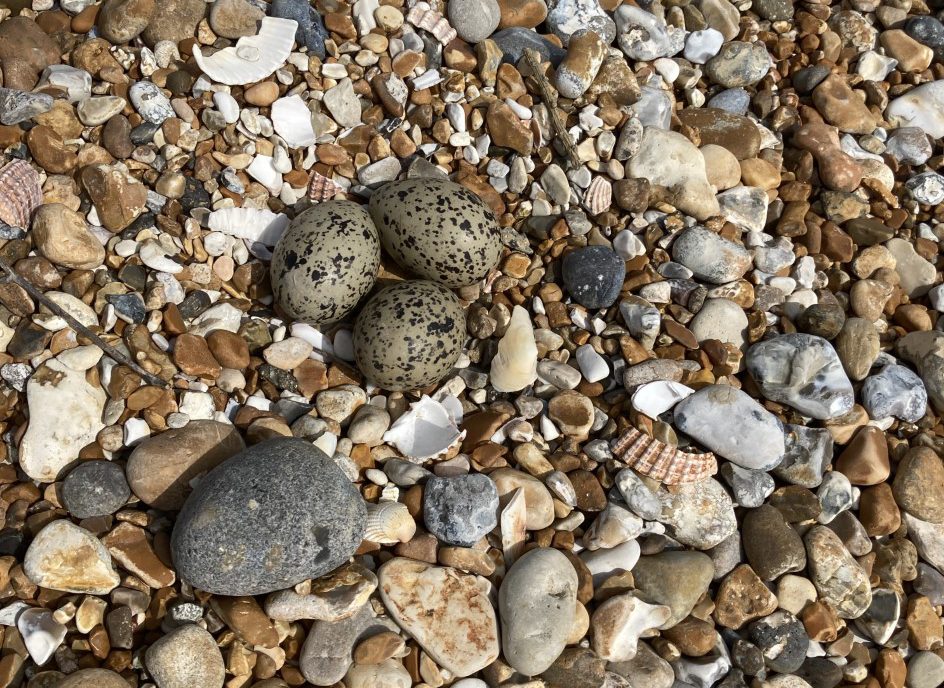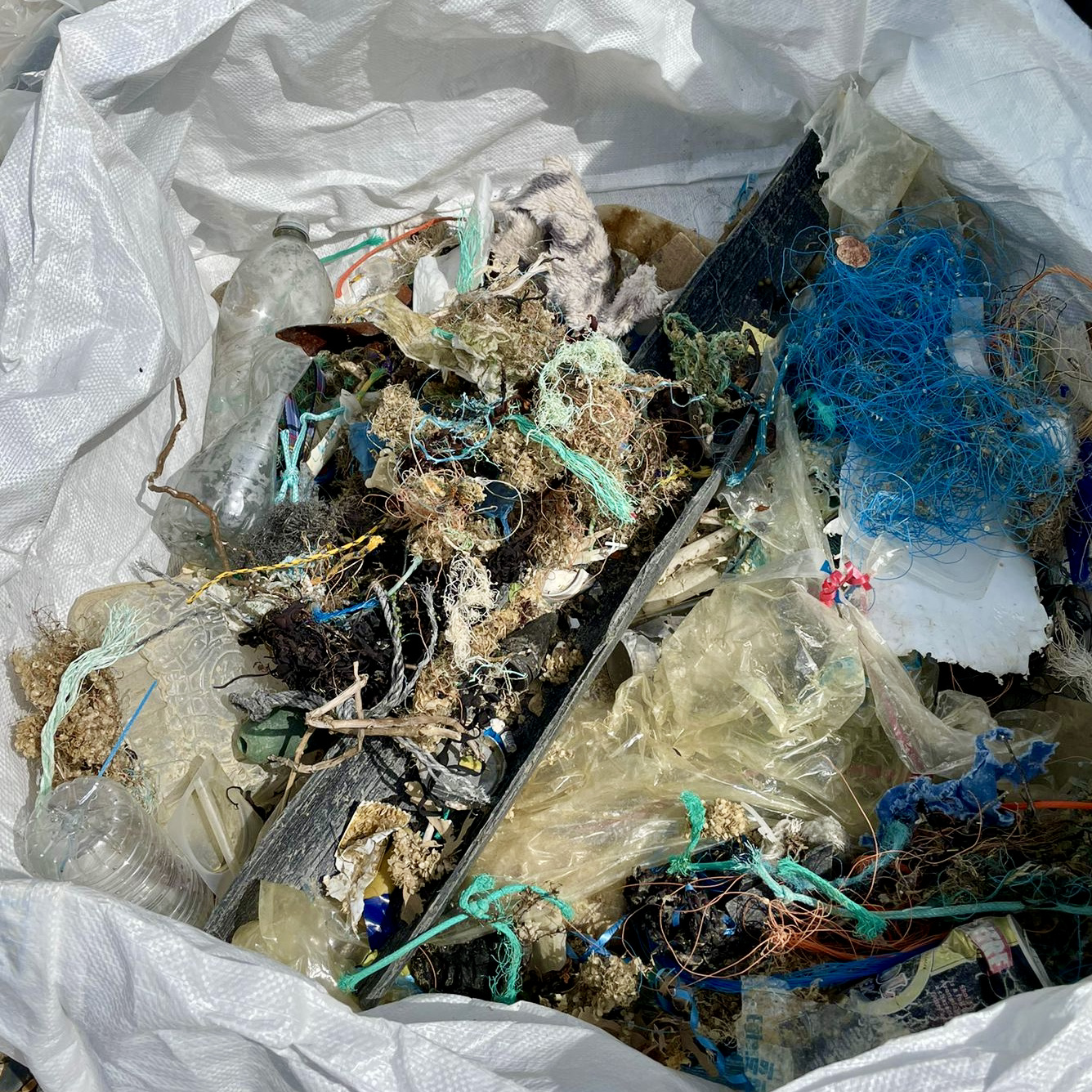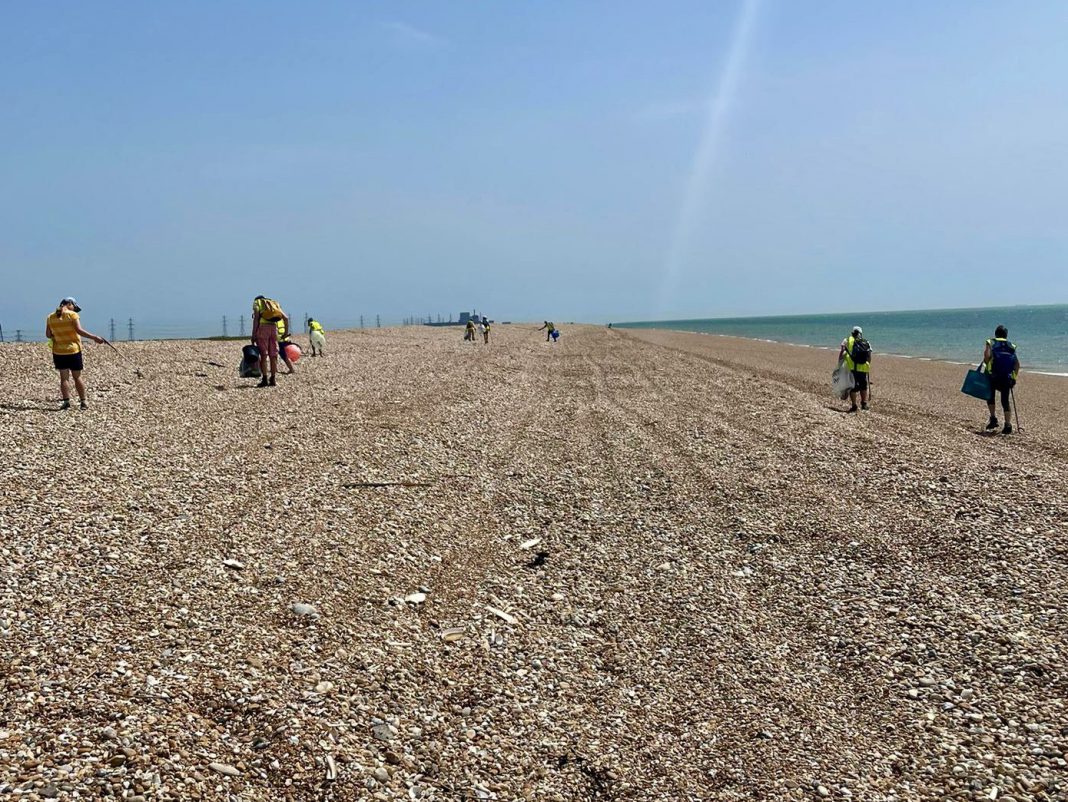This is the latest contribution from one of our younger generation of correspondents, Xavier Marrs, aged 10 years.
I am a volunteer with Strandliners, which is a group that meet regularly to litter pick next to rivers and seas. This group not only takes away the rubbish, but collects the data of this rubbish and sends it to worldwide surveys such as Marine Conservation Society, Surfers Against Sewage and Break Free From Plastic, to be studied to understand where the rubbish comes from.
Recently, Strandliners completed a survey next to an area of Ministry of Defence land at a Dungeness beach. We had to go through a health and safety protocol about the fact that there may be sharp metal, and that we must not touch any dead or dying birds because of the local outbreak of avian influenza.
We walked to an outflow pipe and rested for a bit. Then we set up two posts to mark out a 100 metre length survey area along the beach. We had been looking at the sea birds, and had noticed an oystercatcher flying nearby. We later saw three oystercatcher eggs on the beach, and so moved away from that area. Many bags full of litter were collected, including strange hunks of metal that looks as though they had been blasted from something.

After that came much-needed delicious cake and flapjack!
We were given the choice of collecting more litter beyond the survey area, which I did. I was walking with one of the other volunteers and while picking up the litter we found a huge fender and a pink buoy as exciting treasures!
We made our way back to the place we started from, picking up litter on the way. The rubbish was weighed and recorded, we then said goodbye and left.
A fantastic walk now not covered by litter. The data was sent to the surveys where it is now recorded.

Image Credits: Strandliners , Xavier Marrs .




Thankyou so much for this informative inspiring effort that you and the other Strandliners are making. The fact that you not only cleaned up the beach but also sent evidence of what you found to include in world wide surveys to learn more about how the rubbish all got there is very encouraging.
I am particularly curious about why there are so many ‘nurdles’ on Camber Sands? Have you any idea how these harmful tiny black micro plastic objects got there and who is responsible for making them?
Another great article Xavier, I may be biased as Strandliners is my life but it is wonderful to understand what other people think about our work, and what they take home from joining the “Strandliners family”!
Susan, you ask a brilliant question about the microplastic environmental pollution at Camber Sands. These small 5mm pieces of black plastic are present everywhere along the south coast (possibly around the U.K as well) and most people will dismiss them as small pieces of seaweed! They are called Biobeads and can be confused with nurdles. Both Biobeads and nurdles are primary microplastic, they are manufactured at that size for a specific use.
They are similar in size and prevalence as nurdles (all plastic products are made from a feed stock of pre-production plastic pellets – “nurdles”), but in fact they are used in waste water treatment works! They have escaped from water company water treatment infrastructure, washed out to sea, deposited on beaches, to be “lost” in the environment for 100s if not 1000s of years. These losses may be single catastrophic accidents or gradual through poor on site management, but the result is millions embedding themselves into the coastline strata.
Strandliners partnered with Rother District Council and the University of Brighton to investigate the presence of Biobeads at Camber Sands. The report is available the RDC website.
Strandliners are also just beginning their summer months audit of beach visitor waste at Camber Sands, so no doubt we shall be finding more! This continual surveying of our environmental pollution is vital in understanding what the pollution is, and how it varies over time.